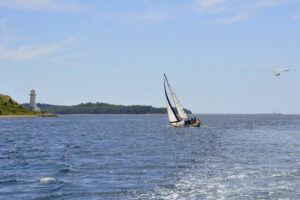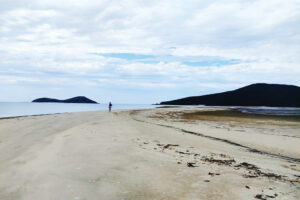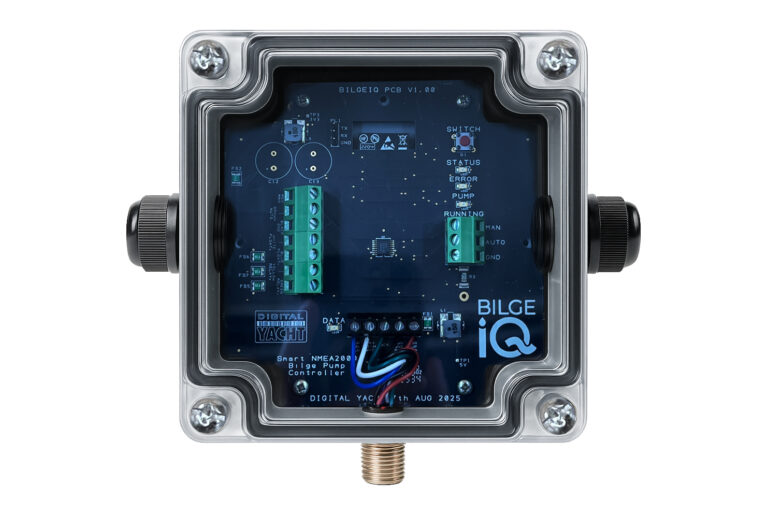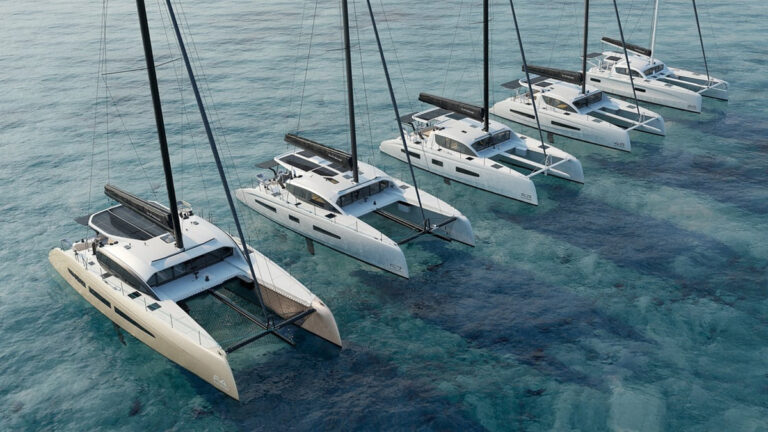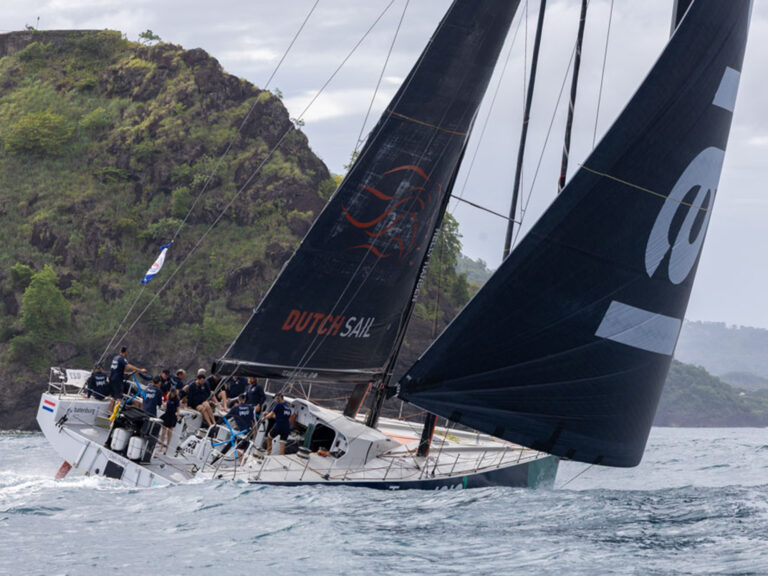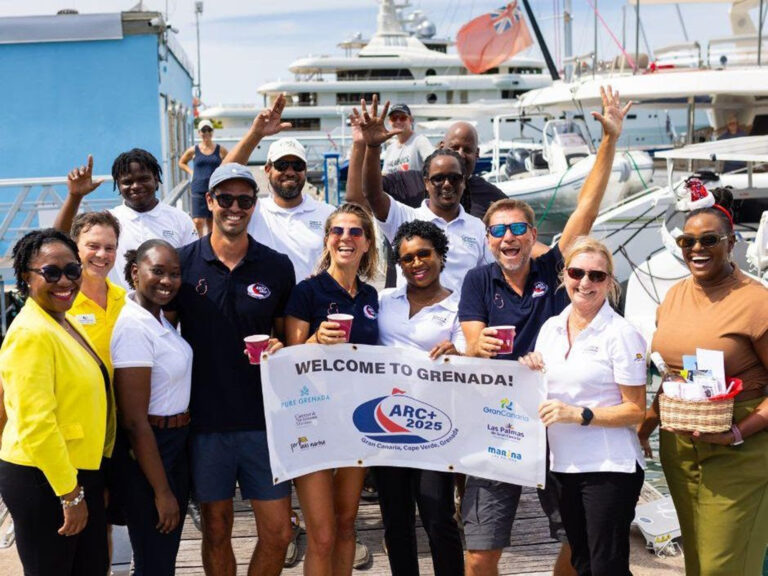
hot water heater 368
The winter layup of your sailboat, while perhaps not a pleasant thought, is a necessary evil. Protecting its various systems from freezing temperatures should be your primary concern, and the more systems you have, of course, the more important and complex this task becomes.
The potable-water system and the sanitation tanks and plumbing are among the systems most critically sensitive to freezing. The risks are obvious, because by their very nature, these systems can contain significant amounts of fresh water or salt water that, when frozen, can cause considerable damage.
It may seem obvious, but it’s worth saying: Potable-water and sanitation systems should be emptied before you store your vessel for an extended period, regardless of whether or not freezing temperatures are anticipated. Even in the cleanest of tanks, potable water tends to go stale while it stands, and effluent-well, I don’t need to go into detail on that subject. These tanks are simply better off empty. Draining them entirely is nearly impossible, but don’t worry; if a small amount of liquid is left in the bottom of either of these tanks, it’s unlikely to cause damage should it freeze, provided it has room to expand. Hoses and pipes, on the other hand, can cause problems if liquid freezes within them, particularly the latter because of their inability to expand without fracturing.
You can prevent problems that may be caused by residual liquid by diluting it with a sufficient quantity of nontoxic antifreeze. Never use permanent engine-type antifreeze in either of these systems; it will be harmful, even deadly, to you and to the environment. Remember, the less liquid that remains in these tanks, the less antifreeze you’ll have to add. It’ll be easier to flush the potable-water system in the spring, too. While it’s not harmful, most folks find that the smell, taste, and foam caused by nontoxic antifreeze are unpleasant at best.
While it’s important to run this antifreeze throughout both systems-through every pump, hose, drain, and faucet-it’s best to avoid the water heater by installing a bypass loop. This involves nothing more than disconnecting from the tank the potable inlet and outlet hoses (but don’t disconnect the engine heat-exchanger connections), then connecting them together with a length of hose or rigid plumbing. Then simply drain all of the water from the water heater; most units are equipped with a drain. In the spring, reverse the process.
The reason for this approach is twofold. Once nontoxic antifreeze enters many water heaters, it becomes difficult, if not impossible, to remove the odor and taste from the hot-water side of the system. Additionally, even small water heaters will ingest several gallons of antifreeze before it flows into the rest of the plumbing system.
It’s important to note that some hoses, particularly those used in sanitation systems, are not compatible with alcohol, including nontoxic antifreeze; these hoses are typically white and are usually so marked. If you’re unsure, check with the hose manufacturer.
An alternative to nontoxic antifreeze for the potable-water side of the system is inexpensive vodka. This is a practice that many owners and yards have used successfully for years, and while it looks unusual on the invoice, it works well. It leaves no taste or other unpleasant side effects. Naturally, the less you use the better, and when used by boatyards, it’s typically preceded and followed by shots of compressed air to remove water and to leave behind as little “antifreeze” as possible.
Steve D’Antonio, a regular CW contributor, runs Steve D’Antonio Marine Consulting. Next month, he writes about proper stuffing-box care.

